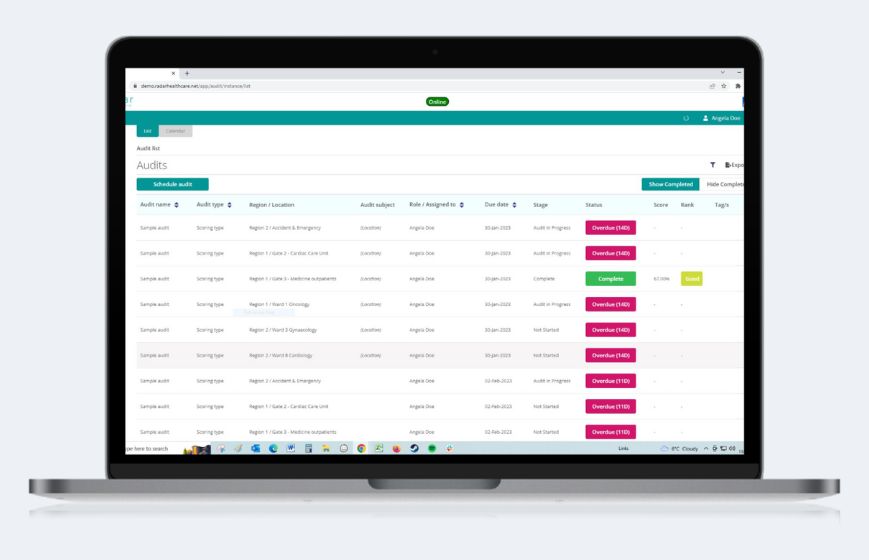Embed a culture of quality and safety
-
Provide visibility of patient care and quality across one or multiple locations
-
Manage and monitor workforce training and compliance
-
Data-driven approach to lessons learned and sharing of best practice leading to improvement
Create an environment where your workforce can learn, share and feel proud. Empower people to embrace patient safety improvement by moving away from a ‘blame culture’ and developing systems for continuous improvement.







